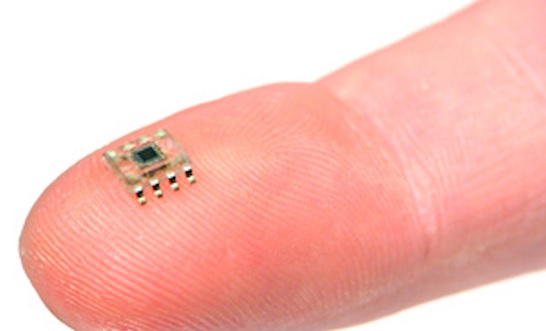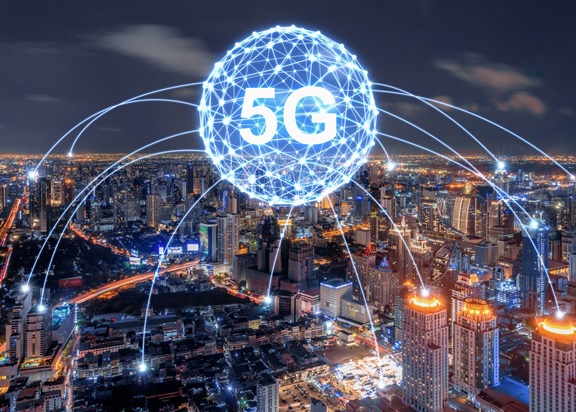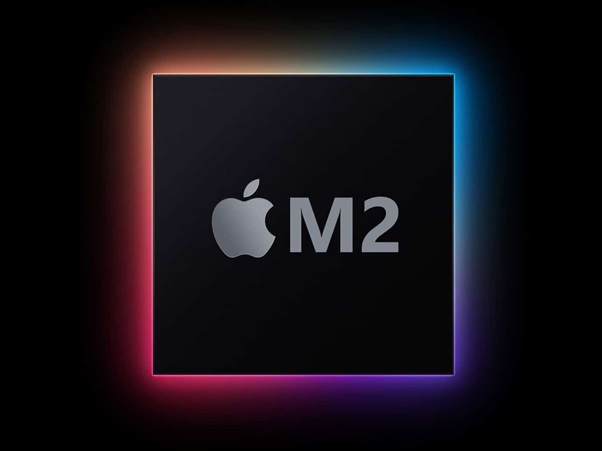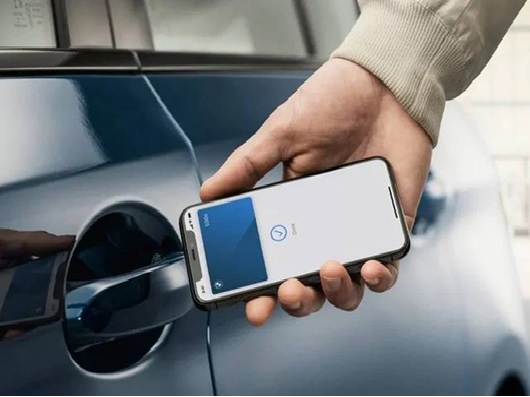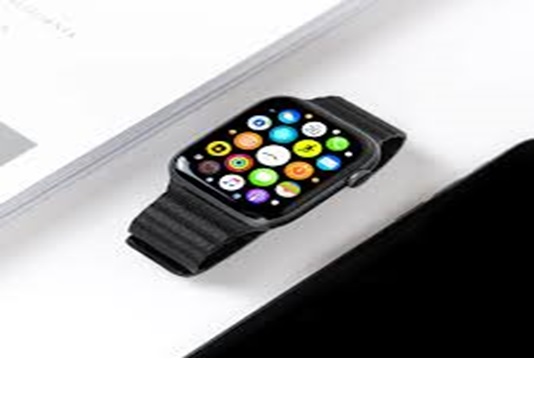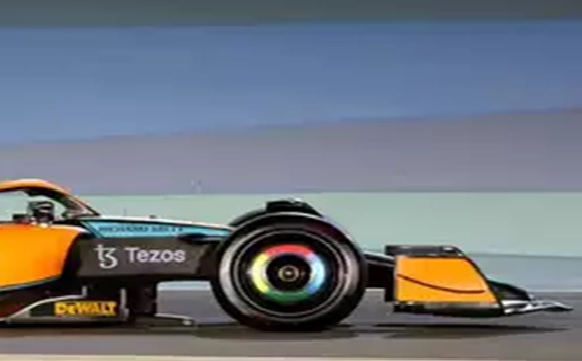Usage of Multimedia Traffic Management (MTM)
The use of mobile network traffic is increasing due to the development of communication devices such as smart phones. Data traffic accounts for more than voice traffic. Video traffic accounts for the largest proportion of mobile data traffic and this proportion is increasing. However, various mobile environments affect the status of the mobile network and limit the provision of video services using the Internet. Therefore, a method for improving the quality of experience (QoE) of a video service in mobile environments is required. This paper presents a traffic management method using the mobile edge cloud. The mobile edge cloud is placed in the mobile edge network and monitors the status of mobile terminals. Through the mobile edge cloud, it becomes possible to effectively manage the traffic of mobile terminals by the network. The proposed method manages video traffic from the content server on the Internet according to the edge network status and mobility of a mobile terminal, and provides video traffic to mobile terminals. This method, using the mobile edge cloud, leads to improvement of the QoE for mobile video users. The superiority of this method compared to currently available systems was validated by computer simulation.[1]

Figure 1. The Mobile traffic management system
Figure 1 shows the Mobile Traffic Management (MTM) is an integrated utility between vehicle, device and tower which can be moved easily.
MTM is an important instrument for the traffic plan. The system displays the vehicle database and give their input in analyzing the transportation problem which is gain from continuous monitoring at the permanent site. The data that can be retrieved from MTM to be used in analyzing the traffic plan, such as :
- The traffic calculation volume
- Vehicle classifications
- The local vehicle speed
MTM is equipped by Telescopic Tower and designed with the maximum height of 8 meters. The tower is designed to stand on the top of the vehicle with specific modification. While during transportation, tower can be lowered and casted down on the vehicle. Hydraulic and pneumatic systems are using to lift up and cast down the tower, and also to arrange the erect level and they are controlled by remote where the power derived from the battery and/or electric power assistance. The deployment of MTM on certain location is quite easy and it doesn’t require a special specification, it only needs the flattened place and solid soil condition. [2]
Mobile Trafiic Management (MTM):
The next-generation wireless networks are expected to support various applications such as voice, data, and multimedia over IP networks. Supporting surging multimedia traffic with adequate QoS levels is an important objective in the design of these systems. However, as opposed to wired networks, wireless networks are characterized by mobility, heterogeneity, substantial packet loss due to the imperfection of the radio medium, more stringent spectral constraints, and energy bottlenecks. Therefore, it is necessary to alleviate these challenges and investigate and develop countermeasures such as new transport protocols, application-layer flow control schemes (e.g., the RTP/RTCP protocol), error protection, energy-efficient design, and adaptive rate control. However, it is not a trivial problem to model and/or simulate these hybrid systems comprising diverse protocols, components, and usage patterns operating under stringent requirements.[3]
References:
- https://www.sciencedirect.com/science/article/abs/pii/S0140366417302499
- https://telehouse-eng.com/product/mobile-antena/mobile-traffic-management
- https://www.sciencedirect.com/topics/computer-science/multimedia-traffic
Cite this article:
Thanusri swetha J (2021), Usage of Mobile Traffic Management (MTM), AnaTechmaz, pp. 33


